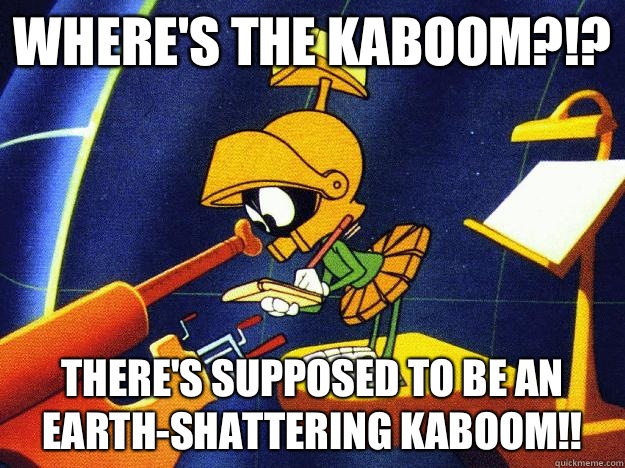
Posted on 12/31/2019 10:26:42 AM PST by jonatron
When you take a look at the stars in the night sky, they generally appear the same regardless of time. Only a small number of stars ever appear to change on human timescales, as most stars burn through their fuel very stably, with almost no variation in their continuous brightness. The few stars that do appear to change are either intrinsically variable, members of multi-star systems, or go through an enormous evolutionary change.
When very massive stars get close to the end of their lives, they start varying by tremendous amounts, and do so with significant irregularity. At a critical moment, most of these stars will run out of the nuclear fuel holding up their cores against collapse, and the resulting implosion leads to a runaway cataclysm: a core-collapse supernova. Could Betelgeuse, whose variability intensified in a novel way over the last few days, be about to explode? Here's what astronomers know so far.
The last time our species witnessed a supernova from within our own galaxy with the naked human eye, the year was 1604. A new point of light in the sky suddenly appeared, brightened, and briefly outshone every single star before slowly fading away. This wasn't the first such event, as prior supernovae had illuminated Earth's skies like this in 1572, 1054, and 1006, among others.
But all of those supernovae occurred from stars that were thousands of light-years away, with Kepler's 1604 explosion being traced back to a stellar remnant located some 20,000 light-years across the Milky Way. Of all the stars we see in the night sky, one bright member stands out as the most fascinating possibility as our galaxy's next supernova: Betelgeuse, one of our sky's 10 brightest stars, located a mere 640 light-years away.
(Excerpt) Read more at forbes.com ...
Could it emit, at the speed of light with the visual event, that gamma ray life extinguishing blast that would end all life on earth?
-Well GET IN LINE.
Nuclear war, Carrington event, Yellowstone Caldera, EMP attack, GloBULL Warming, terrorists, zombie apocalypse,,,,,
This is cherry-picked data to emphasize the current drop in brightness. Take the graph back further in time, and you'll see periods when Betelgeuse was even fainter.
[ So if it explodes today, it will have exploded 640 years ago. ]
Well, then, we can definitely say, with liberal certainly, this is completely the fault of President Trump.
With some sort of Russian collusion.


A preposition is not something you end a sentence WITH.

Christian astrophysicist Dr. Hugh Ross argues persuasively for either a recurring nova (but not a supernova) or a cataclysmic variable star. See 28:19, Episode 88, beginning at 17:16. For more, visit Reasons.org/christmasstar.

That’s right, and one of the amazing aspects of astronomy.
Is there any way to know if it’s even still there in real time?
LOL. Nah. It’s named after the guy who discovered it.

“So if it explodes today, it will have exploded 640 years ago.”
You are right, it exploded 640 years ago give or take a few years. But it also took 640 years for the inter-steller light display to get delivered.
Ask Frankie and Benjy!
Betelgeuse will explode? Blame climate change.
We’re having an unusually warm winter? Blame climate change.
You’re having an unusually cold winter? Blame climate change.
President Trump is re-elected? Blame climate change.
You’re constipated? Blame...well, you get the picture.
There were explosions that were so energetic that it seemed to violate E=MC2. Turns out they were assuming the blast went out in all directions when in fact it went in a beam that the Earth just happened to intersect.
The beams went out from where the object was spinning. I mention this because Earth is actually facing one of the poles of Betelgeuse.


Thanks, that was a good video.
Disclaimer: Opinions posted on Free Republic are those of the individual posters and do not necessarily represent the opinion of Free Republic or its management. All materials posted herein are protected by copyright law and the exemption for fair use of copyrighted works.